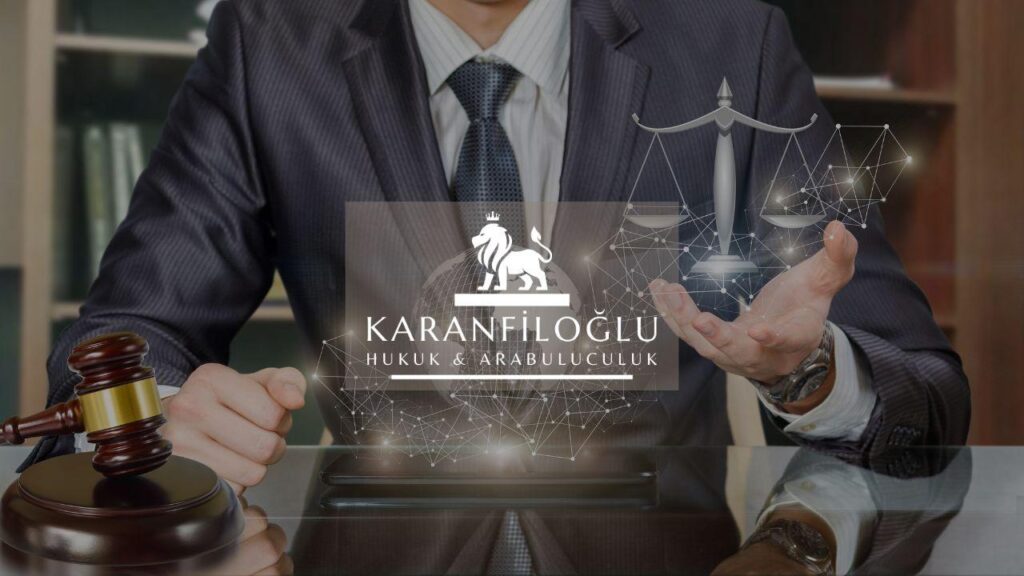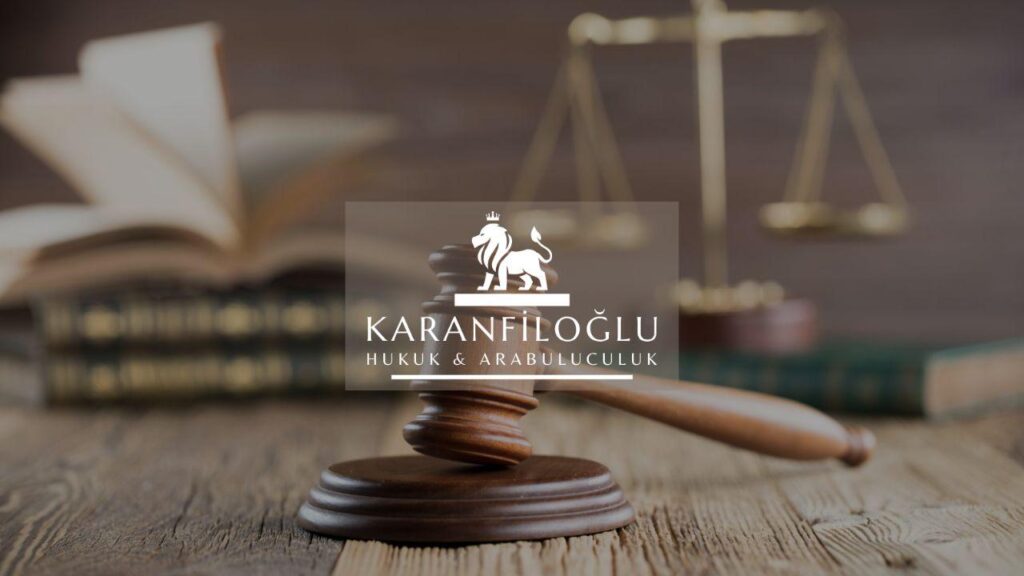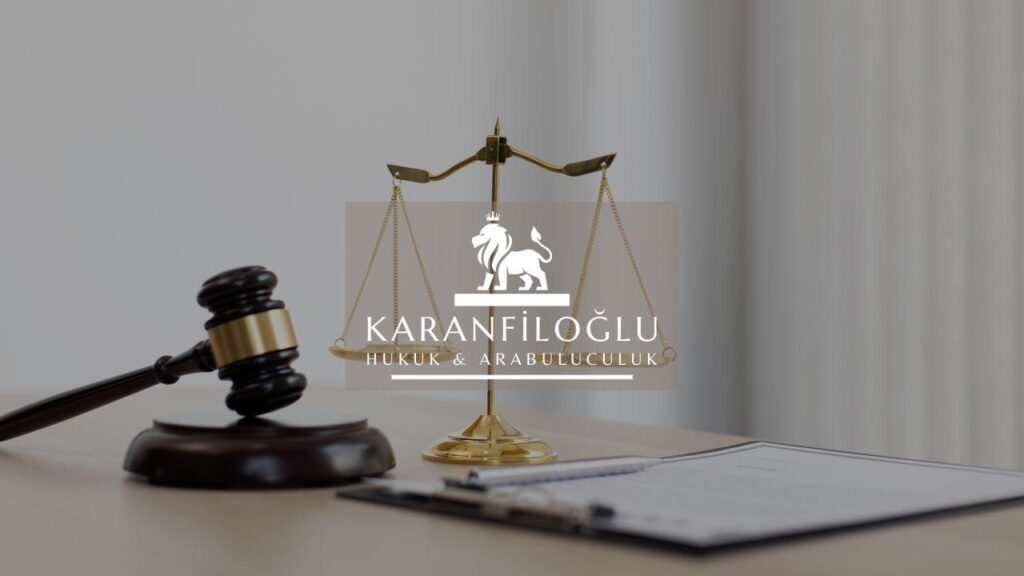Navigating the complexities of Turkish Bankruptcy Law can be a daunting task for individuals and businesses alike. At Karanfiloglu Law Office, we provide comprehensive legal support to help our clients understand and manage the intricacies of this area. Bankruptcy and insolvency proceedings in Turkey are governed by the Enforcement and Bankruptcy Law No. 2004. Articles 177 to 287 detail the procedures for declaring bankruptcy, creditor claims, and the distribution of assets. Furthermore, Article 179 outlines the conditions under which debtors may apply for bankruptcy protection, while Article 324 lays out the responsibilities and powers of the bankruptcy administration. Our experienced team of lawyers at Karanfiloglu Law Office is well-versed in these regulations and offers tailored guidance to ensure our clients’ rights and interests are effectively safeguarded throughout the bankruptcy process.
Overview of Bankruptcy Procedures in Turkey
The bankruptcy process in Turkey begins with the filing of a bankruptcy petition, which can be initiated either by the debtor or the creditors as stipulated under Articles 178 and 179 of the Enforcement and Bankruptcy Law No. 2004. Upon the acceptance of the petition, the court appoints a bankruptcy administration and orders the suspension of all enforcement proceedings against the debtor. This initial phase, outlined in Article 180, aims to assess the debtor’s financial status and determine the viability of recovery options. During this period, the debtor is obligated to present a detailed list of assets and liabilities, as per Article 184, ensuring transparency and facilitating fair asset distribution among creditors. At Karanfiloglu Law Office, our specialized team assists clients in preparing the necessary documentation and represents them effectively throughout the court proceedings, ensuring compliance with all legal requirements and protection of their interests.
Once the court has appointed the bankruptcy administration, the next phase involves the collection and liquidation of the debtor’s assets. This is governed by Articles 187 to 217 of the Enforcement and Bankruptcy Law No. 2004. The bankruptcy administration takes control of the debtor’s estate, identifying and valuating all assets, and then proceeds to liquidate them in an effort to repay creditors. During this phase, the order of priority among creditor claims is strictly followed, as stipulated in Articles 206 and 207. Secured creditors typically have priority over unsecured creditors, ensuring a structured and legally compliant distribution of the debtor’s assets. At Karanfiloglu Law Office, we provide meticulous guidance to both debtors and creditors, making sure that the liquidation process adheres to legal standards and maximizes the recovery rate for our clients.
After the liquidation of assets, the final stage of the bankruptcy process in Turkey involves the distribution of proceeds to the creditors as specified under Articles 218 to 244 of the Enforcement and Bankruptcy Law No. 2004. During this stage, the bankruptcy administration prepares a final account and distributes the proceeds according to the established order of priority. Article 232 requires that a detailed report be presented to the court, summarizing the liquidation activities and the proposed distribution scheme. Following court approval, the proceeds are then disbursed to the creditors, effectively concluding the bankruptcy proceedings. At Karanfiloglu Law Office, our experts ensure that this final stage is executed smoothly and efficiently, overseeing all necessary steps to facilitate a fair distribution. We work diligently to protect our clients’ interests, ensuring compliance with statutory regulations and achieving the most favorable outcome possible in the resolution of their bankruptcy case.
Rights and Responsibilities of Creditors and Debtors
In the realm of Turkish Bankruptcy Law, the rights and responsibilities of creditors and debtors are comprehensively outlined to ensure a balanced and fair process. Creditors are granted significant rights under Articles 206 to 210, including the ability to lodge claims and participate in the collection and distribution of the debtor’s assets. They also have the right to attend creditors’ meetings and influence decisions regarding the administration of the debtor’s estate. Conversely, debtors have responsibilities such as providing full disclosure of their financial status and cooperating with the bankruptcy administration as stated in Articles 200 and 210. Additionally, debtors can seek relief through provisions like debt restructuring arrangements under Article 309/m, which allows for the reorganization of their financial affairs to avoid bankruptcy. At Karanfiloglu Law Office, we are dedicated to helping both creditors and debtors understand and navigate these rights and responsibilities effectively, ensuring a fair and comprehensive resolution for all parties involved.
The interplay between creditors and debtors within Turkish Bankruptcy Law is further defined by rights that promote transparency and fairness. Creditors, as per Article 223, are entitled to request the detailed accounting of the debtor’s financial records and can challenge any discrepancies in court. Additionally, under Article 227, creditors can propose the replacement of the bankruptcy administrator if they believe the current administrator is not fulfilling their duties effectively. On the debtor’s side, Article 198 mandates that they must inform the court of any new assets acquired during the bankruptcy process, ensuring continual transparency. Article 197 also outlines the requirement for debtors to comply with any reasonable requests made by the creditors regarding information or documentation related to the debtor’s financial condition. At Karanfiloglu Law Office, we strive to provide our clients with the knowledge and support necessary to uphold their rights while meeting their legal obligations, thus facilitating a more transparent and equitable bankruptcy procedure.
The culmination of Turkish Bankruptcy Law’s protections and obligations for creditors and debtors is the structured and fair distribution of assets. According to Article 231, the appointed bankruptcy administrator must evaluate and realize the debtor’s assets to satisfy creditors’ claims proportionately. This involves liquidating the debtor’s properties and distributing the proceeds in a manner that aligns with the priority of claims set forth in Article 206. Creditors holding secured claims, as specified in Article 255, are often given precedence in this distribution. Debtors, on the other hand, may benefit from the orderly distribution of liabilities, which can provide a clearer path toward financial recovery post-bankruptcy. At Karanfiloglu Law Office, we emphasize ensuring both creditors receive their due share and debtors are treated justly during this phase. Our expertise in navigating the asset distribution process helps both parties achieve an equitable resolution, aligning with the legal frameworks and ethical standards established by Turkish Bankruptcy Law.
Key Legal Protections and Common Challenges in Turkish Bankruptcy Cases
Key legal protections under Turkish bankruptcy law provide vital safeguards for both debtors and creditors during insolvency proceedings. For instance, Article 179 ensures debtors under considerable financial distress can request bankruptcy protection, which temporarily halts all collection efforts against them, allowing crucial breathing space to reorganize their debts. Additionally, Article 206 prioritizes the distribution hierarchy for creditors, ensuring wages, severance pay, and alimony claims are paid out before other debts, offering critical protection to vulnerable parties. Challenges often arise due to the stringent requirements and procedural complexities dictated by Articles 235 to 236, which stipulate detailed accounting and documentation from the debtor, potentially prolonging the process if not meticulously followed. At Karanfiloglu Law Office, we navigate these hurdles with precision, ensuring compliance with all relevant provisions, thereby protecting our clients’ rights and facilitating a smoother bankruptcy resolution.
One major challenge in Turkish bankruptcy cases is the potential for disputes among creditors regarding the accurate classification and prioritization of claims. Article 202 defines the ranking of claims, categorizing them into privileged claims, secured claims, and unsecured claims, each with distinct priorities that may lead to contention. Misunderstandings or disagreements typically arise over whether a particular claim qualifies for higher prioritization, necessitating precision and thorough understanding of legal provisions. Furthermore, Articles 228 to 230 regulate the valuation of debtor’s assets and properties, emphasizing fair market value, which can be subjective and often leads to disputes. These factors, combined with the requirement under Article 252 for creditors to submit their claims in a specified manner, can lead to significant legal challenges. At Karanfiloglu Law Office, we meticulously manage these complexities, ensuring that all creditor claims are accurately classified and substantiated, thereby minimizing disputes and expediting the bankruptcy process.
In addition to creditor disputes, fraudulent transfers and concealment of assets pose significant challenges during bankruptcy proceedings in Turkey. Articles 277 to 284 of the Enforcement and Bankruptcy Law No. 2004 address fraudulent conveyances, allowing trustees to invalidate transactions intended to defraud creditors. The law imposes severe penalties for such acts, including the reversal of transfers designed to hide assets from the bankruptcy estate, ensuring creditors have fair access to the debtor’s estate. Article 333 stipulates the examination and investigation process to detect and rectify such fraud, underscoring the importance of thorough vigilance and legal expertise in preventing malfeasance. At Karanfiloglu Law Office, our lawyers are adept at identifying and rectifying fraudulent activities, working diligently to uphold the integrity of the bankruptcy process and optimize outcomes for our clients. By rigorously applying these legal provisions, we safeguard assets and enhance the equitable distribution process, facilitating a more effective resolution to bankruptcy cases.
Disclaimer: This article is for general informational purposes only and you are strongly advised to consult a legal professional to evaluate your personal situation. No liability is accepted that may arise from the use of the information in this article.







